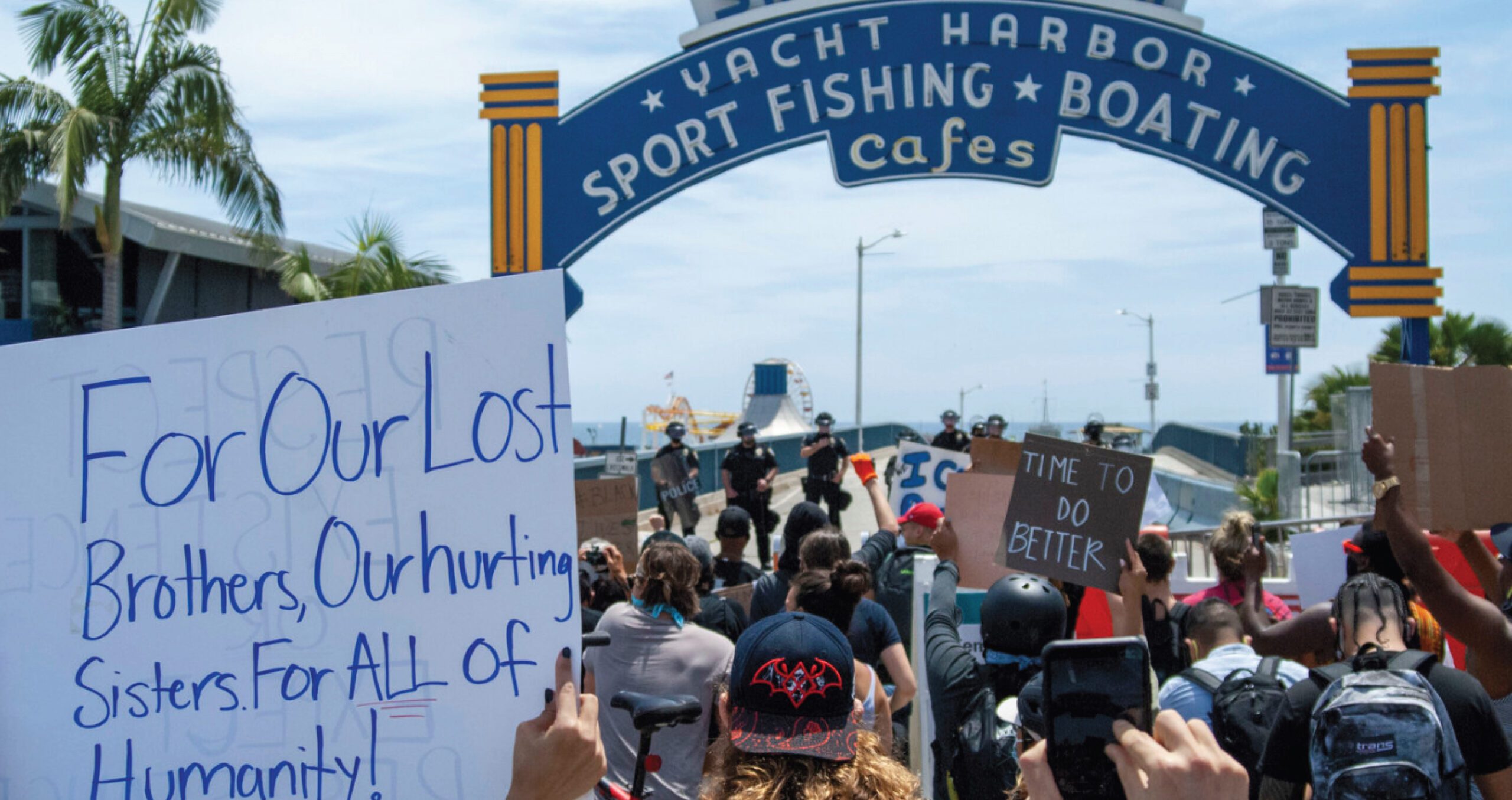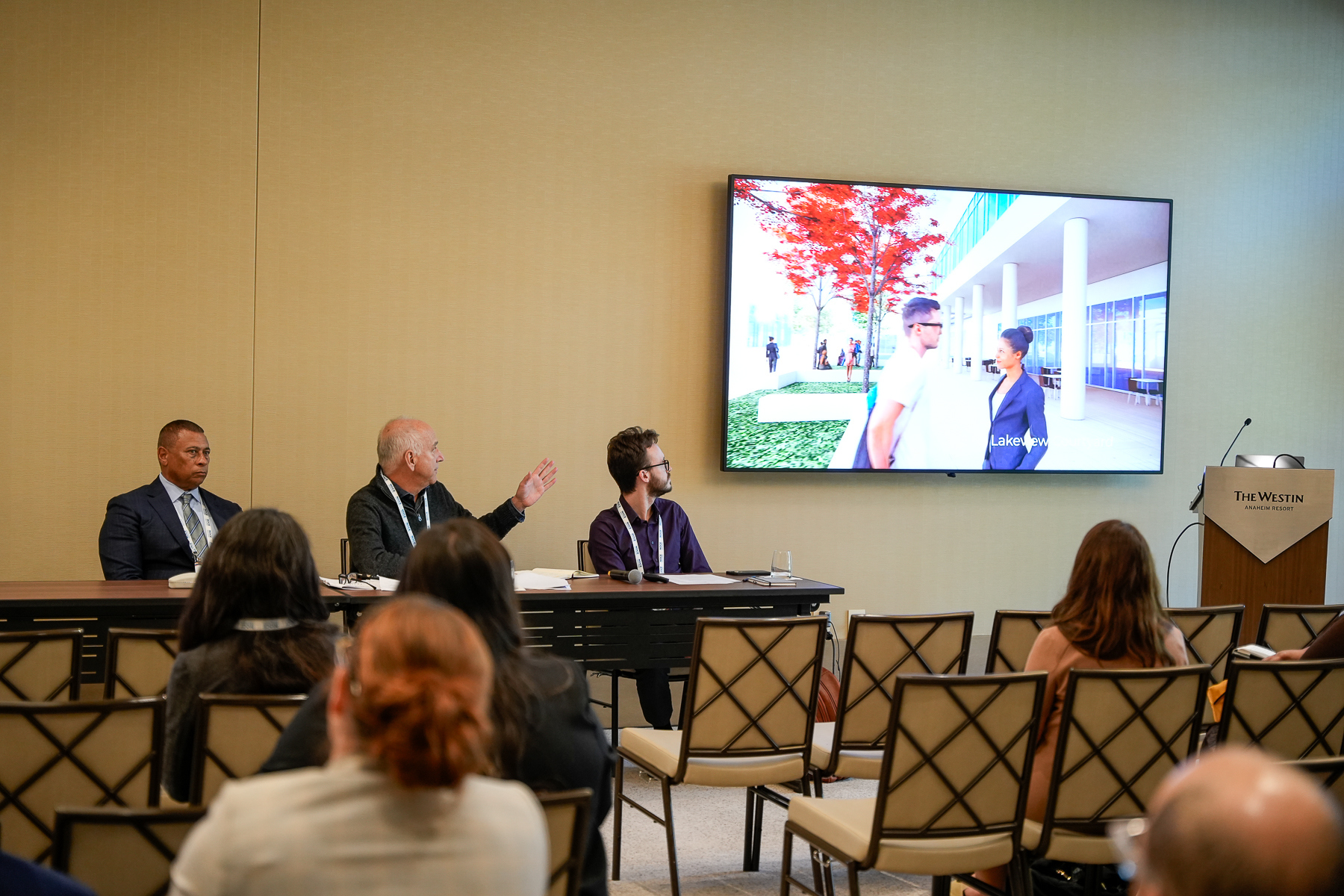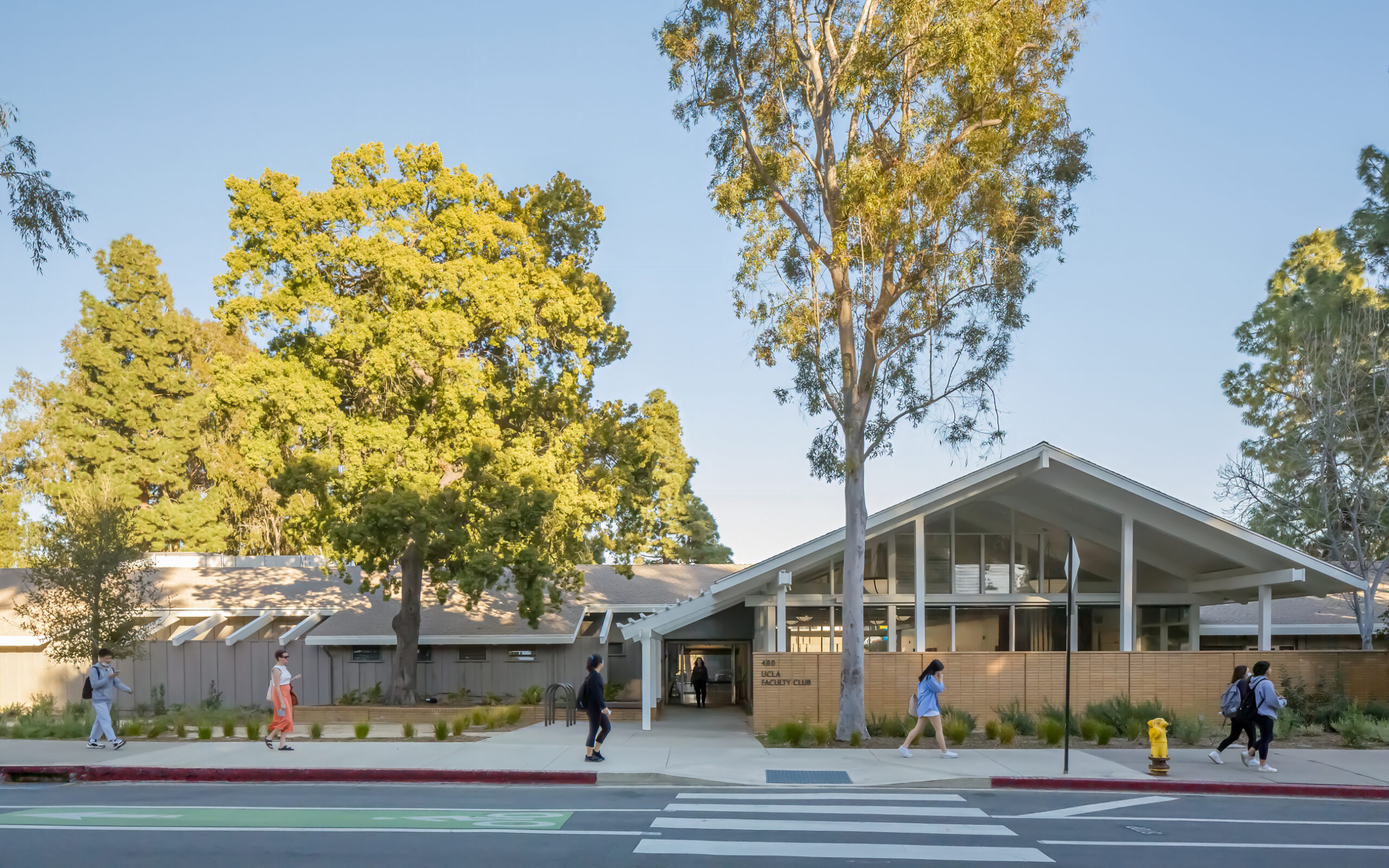Santa Monica Pier: A Public Space for Community Engagement of all Kinds
Creating and maintaining vibrant public spaces is critical to the health of our democracy and requires continuous participation and vigilance. As the current urgencies of public health, social justice and economic equity intersect in civic life and discourse, the locations for dialogue, both physical and virtual, become ever more important. Even as the global network of electronic communication expands exponentially, our need to connect in physical space remains a primal drive. Our public spaces endure through cycles of regression and renewal.
For millennia public space has been framed and constructed at the intersection of political, economic, and social life. It has, inevitably, been the physical manifestation of the forces and hierarchies of the society. As such, it has come with powerful cultural valence and an array of opportunities and constraints. From the time when hunter gatherer societies began their frst tentative steps toward settlement, some ten thousand years ago, the shaping of the public realm has been a protean process of contestation and creation.
From the Greek Agora, to the Roman Forum, through contemporary plazas, squares and streets, public spaces have framed the spectrum of human behavior from inspiration to domination. In our own lives we have witnessed a broad range of initiatives; spanning from the destructive impositions of much mid-century urban renewal, to environmentally responsive renewal of parks, rivers and streets.
At this moment, issues of social equity, environmental stewardship, health and wellness are coming into high relief as urgent and existential questions
The urgency of the current context reminds us of the creative turmoil of an earlier time. The social upheavals of the late 1960s and early 1970s aroused architects and planners to fnd new ways of engaging broader communities in the planning of their own environments. We were inspired by pioneers in Participatory Planning such as Lawrence Halprin, Jim Burns and our mentor Charles Moore. A belief that everyday citizens should participate actively and creatively in claiming and designing their own environments was, at that time, considered unseemly by many in the design professions. They were in thrall to what Robert Venturi called the Heroic and Original approach to architecture. Architects often styled themselves as hero-artists who could, by dint of training and innate talent, know best what kinds of buildings and places people needed. Yet, others sought to listen and learn from their communities and clients, making them collaborators in the creative process.

This time of challenges can become a point of infection where we develop ever more effective ways of broadly engaging our communities. The complexity of this time requires more dialogue than ever, with more constituents at the table and a renewed commitment to listening to and understanding each other. The need to re-imagine public space poses questions at every scale:
- How can we occupy our streets and take them back from the tyranny of the car for the beneft of walking, cycling, and socializing?
- Can the great boulevards of Los Angeles and other cities become complete streets that serve everyone as corridors of public life and as sustainable restorative landscapes?
- How can we assure that all neighborhoods have generous, safe and inspiring parks?
- How can we make sure that our libraries, schools and community centers are serving the widest possible populations in the most accessible ways?
At Moore Ruble Yudell we have been fortunate that our professional commitment to Participatory Planning has aligned with the prevailing civic policy of Santa Monica, our home base. For forty years we have been able to collaborate with our local community on a diverse series of civic designs. In this moment of both refection on past work and speculation on the future, we draw memories and lessons from a series of public realm projects in our city. All of these projects were based on a commitment to engaging, understanding and responding to a diverse range of community concerns. Through a participatory design process, the community came to feel ownership and support of shared goals. Looking back, we can glean lessons that can support us moving forward.
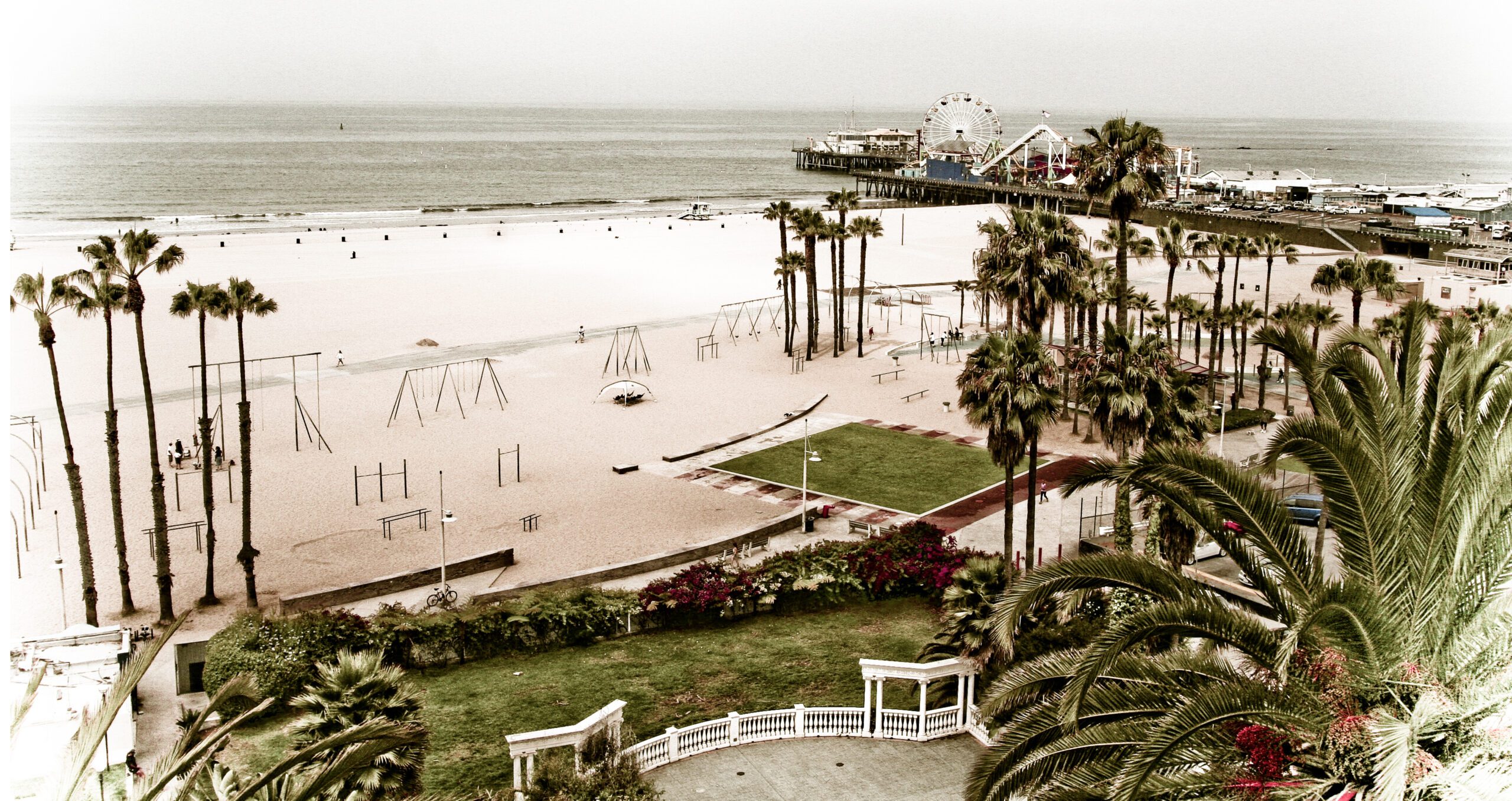
Infrastructure Serves the Community Santa Monica Beach Promenade: 1979-1983
Community workshops were the vehicle for understanding the many ways that the design of pedestrian and bicycle promenades, parking, lighting, restrooms and signage were essential elements to the neighborhoods understanding of their identity and ownership. The armature for this civic infrastructure has maintained its importance to the community unabated for nearly forty years, because the concerns and creativity of the community is embedded in the design. (with Susan Cloke and Campbell and Campbell)
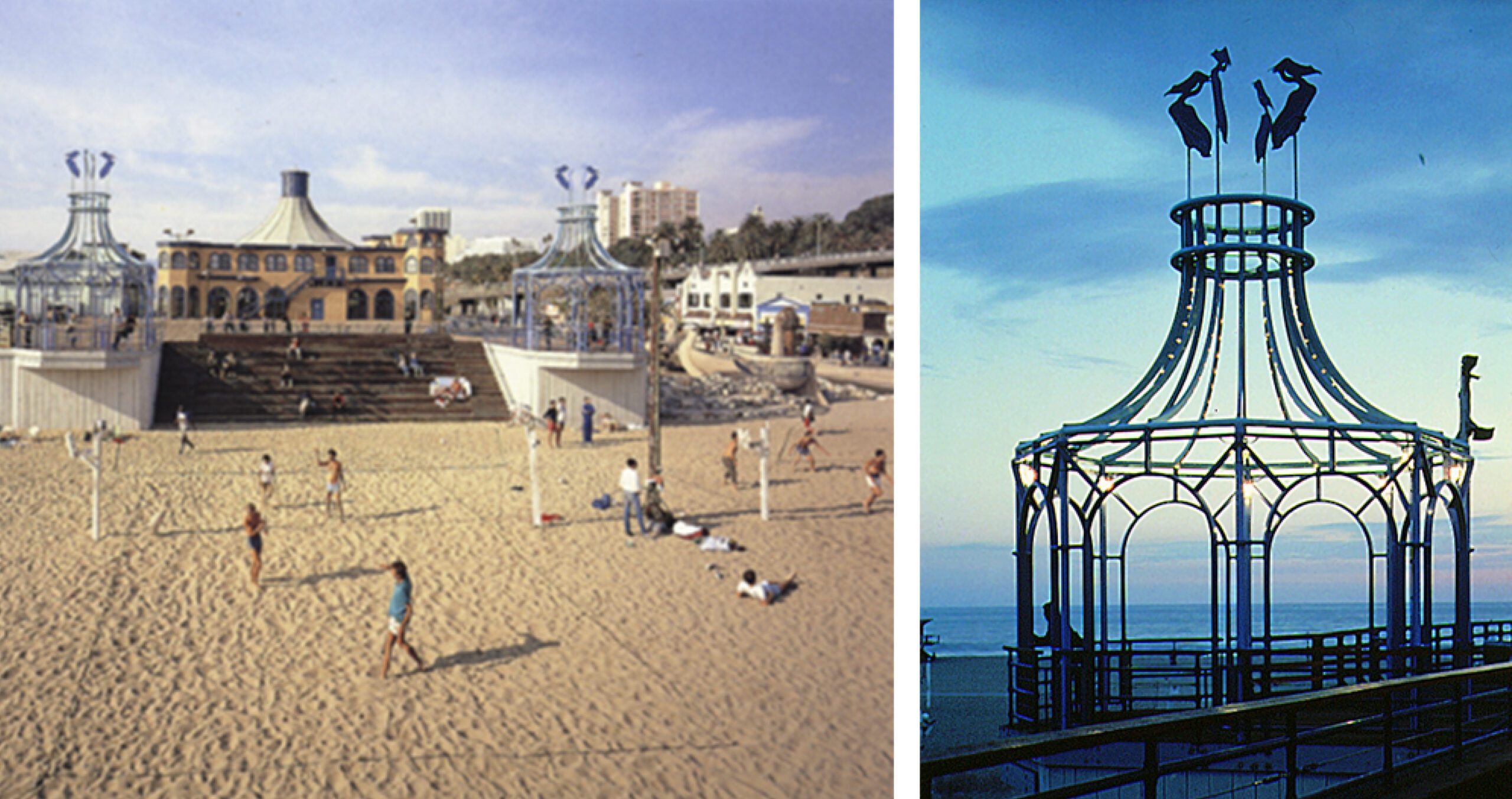
Expanding Community Uses of a Historic Treasure Santa Monica Pier Restoration and Carousel Park, 1981-1986
The community was central to programming new uses (playground, volleyball stadium, accessibility, public art, and gallery) into the restoration of the historic 1909 Santa Monica Pier. This has ensured that since 1986 the Pier has been a civic place treasured by neighbors as well visitors from across the globe. (with Campbell and Campbell)

Creating a Sustainable Living Room for the City Santa Monica Public Library, 2005
The vision of the new main public library as a living room for the city, a garden for the community and an exemplar of sustainability has supported its vitality as a diverse and dynamic center of civic culture and life.

Re-imagining Parking in Support of Civic Values Santa Monica Civic Center Parking Structure, 2006
Community concerns led to designing this as the frst solar powered and frst LEED certifed parking structure in the country, with ground foor city offces to activate the street.
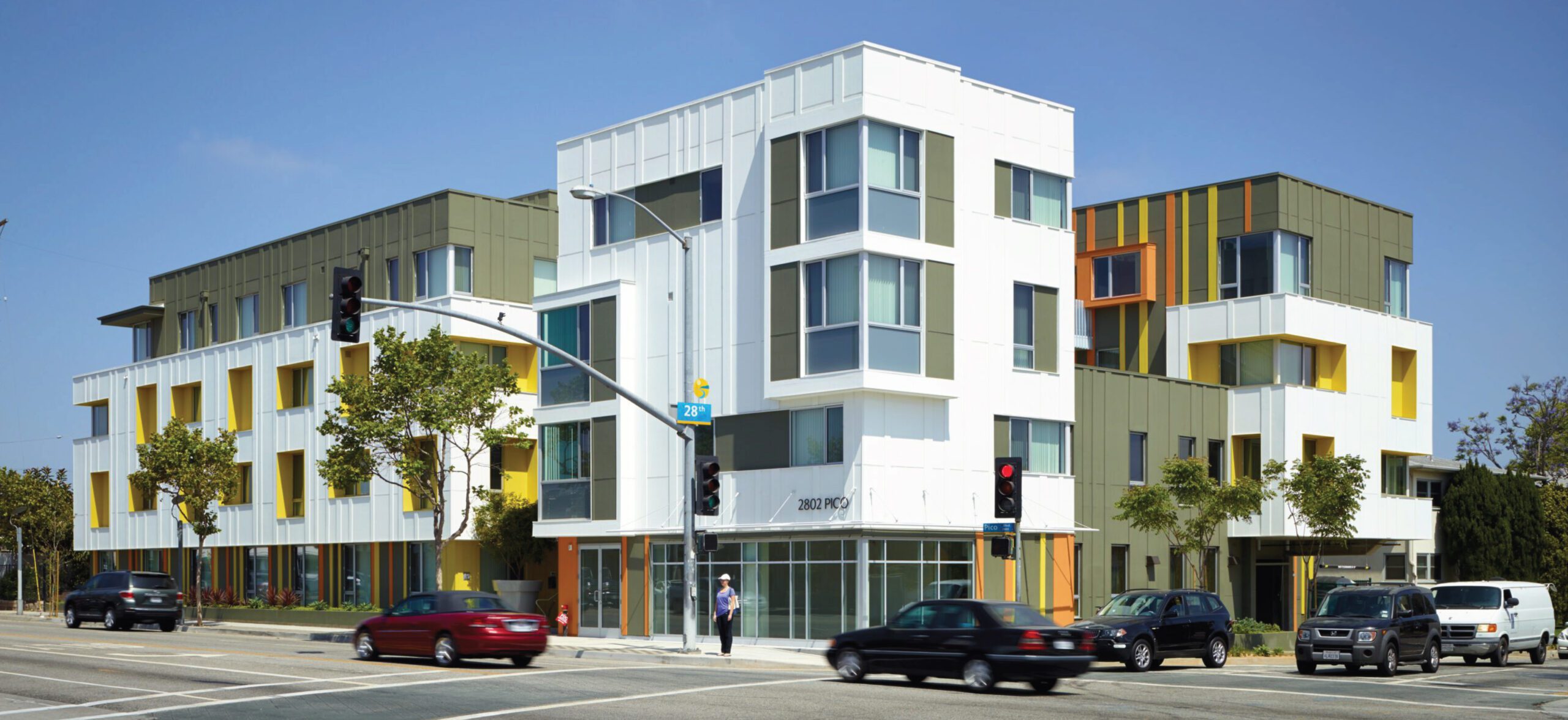
Bringing Dignity to Affordable Housing 2802 Pico Housing, 2013
The City of Santa Monica and the non-proft Community Corps Housing have long been leaders in providing and designing affordable housing with dignity, comfort and sustainability. Those values and community engagement have enhanced a project which brings design excellence and social equity to affordable housing.

Mandating Public Values in the Public-Private Partnership The Village, Ocean Avenue, 2014
Managing a public-private partnership to beneft the values of the city is a daunting process. Santa Monica structured its RFP to mandate that private developers provide 50% of all housing units as affordable, design them with dignity equal to the market rate units, and provide active street uses and accessible pedestrian and park spaces. The civic success of the public realm has demonstrated that a development project can be structured to serve the needs of a diverse community. (with Konig Eisenberg, Studio-MLA, Related California)
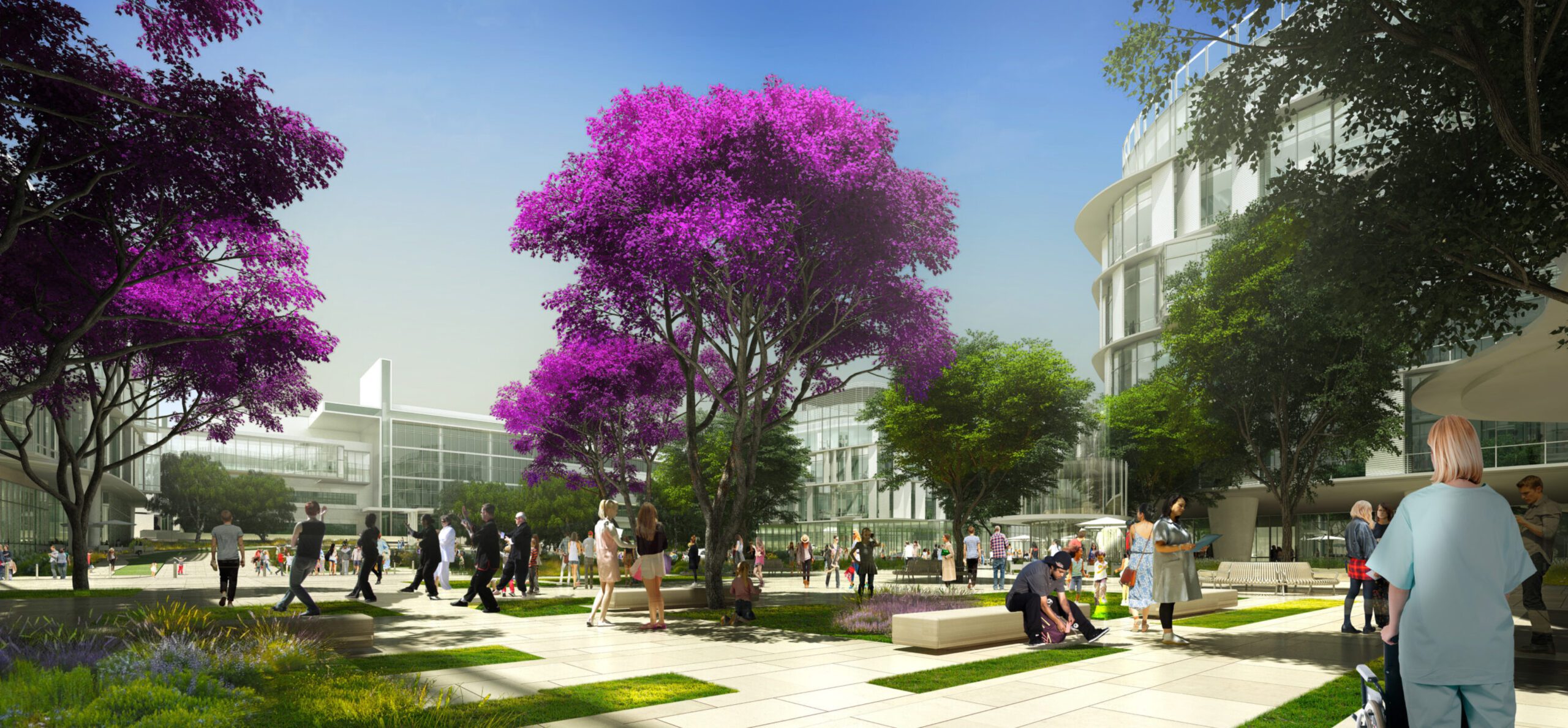
Integrating Health and Wellness into the Urban Fabric Providence St. Johns Health Center South Campus Master Plan, 2016-2020
This planning vision expands the existing Santa Monica medical campus with health and wellness programs that serve the entire community. A network of public serving spaces extend the pedestrian fabric of the neighborhood with parks, plazas, and a living street. Extensive grassroots participation was critical to creating an implementable and sustainable vision. (with Perkins Eastman and Pamela Burton)
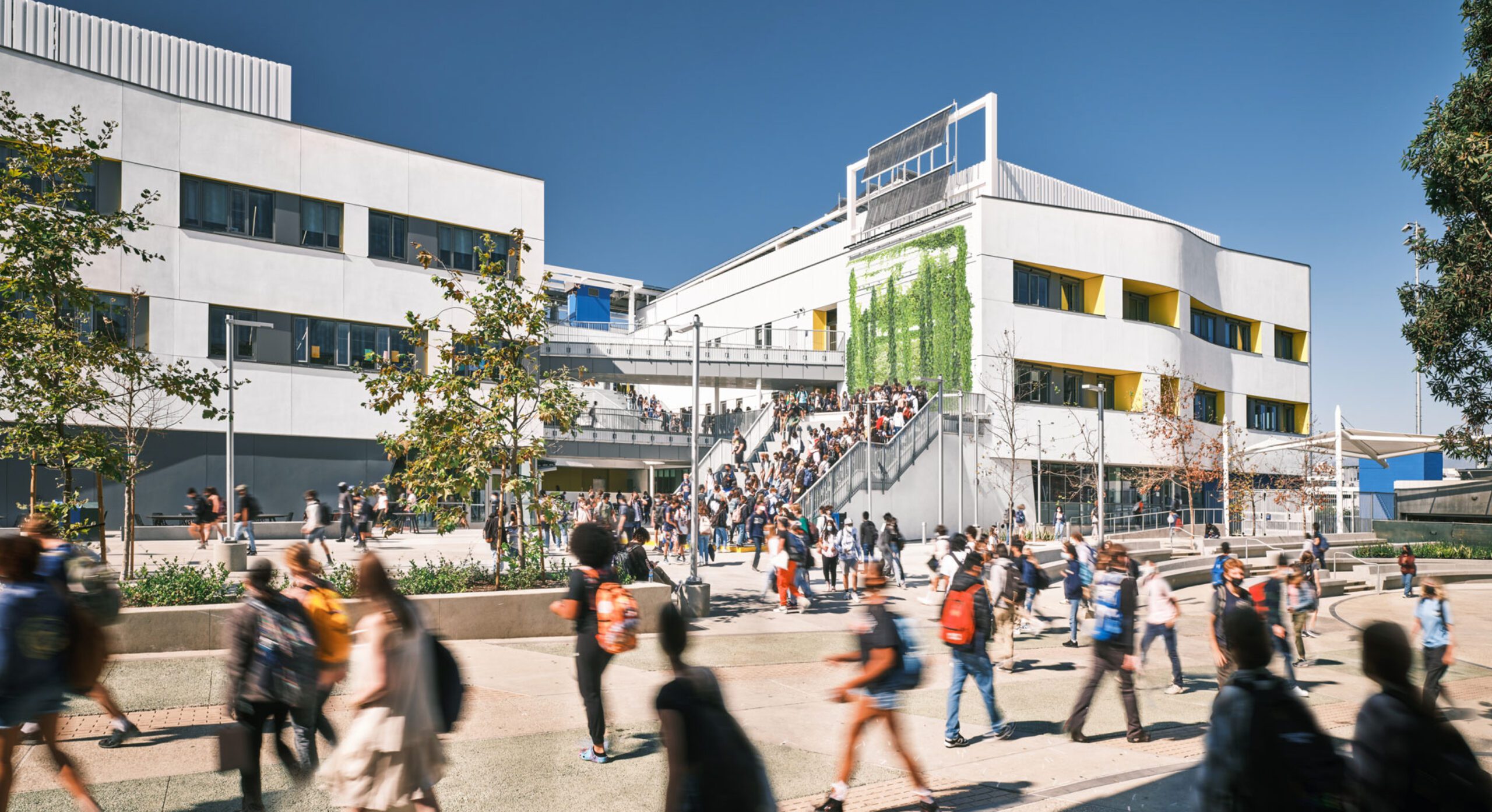
Designing Resilient Community Schools Santa Monica High School, Discovery Building, Under construction 2020
An enlightened public client can set high community and pedagogic standards within the constraints of lean budgets and ambitious schedules. The Discovery Building re-imagines the learning environment using principles of Open Building to ensure a highly fexible and resilient district of the SAMOHI campus. An innovative prefabricated modular structural system supports spatial and programmatic fexibility. The project will serve the high school for decades, bringing value and longevity to the civic investment. (with HED)
Looking forward, we feel that broad and deep engagement and dialogue with our communities is critical to the successful representation of evolving civic values.
Respecting our neighbors and communities as creative partners, listening with care and maintaining a robust dialogue will all contribute to a more vibrant civic life. With these commitments, our public spaces will refect and respect our communities and reward us all with meaning and resilience.
